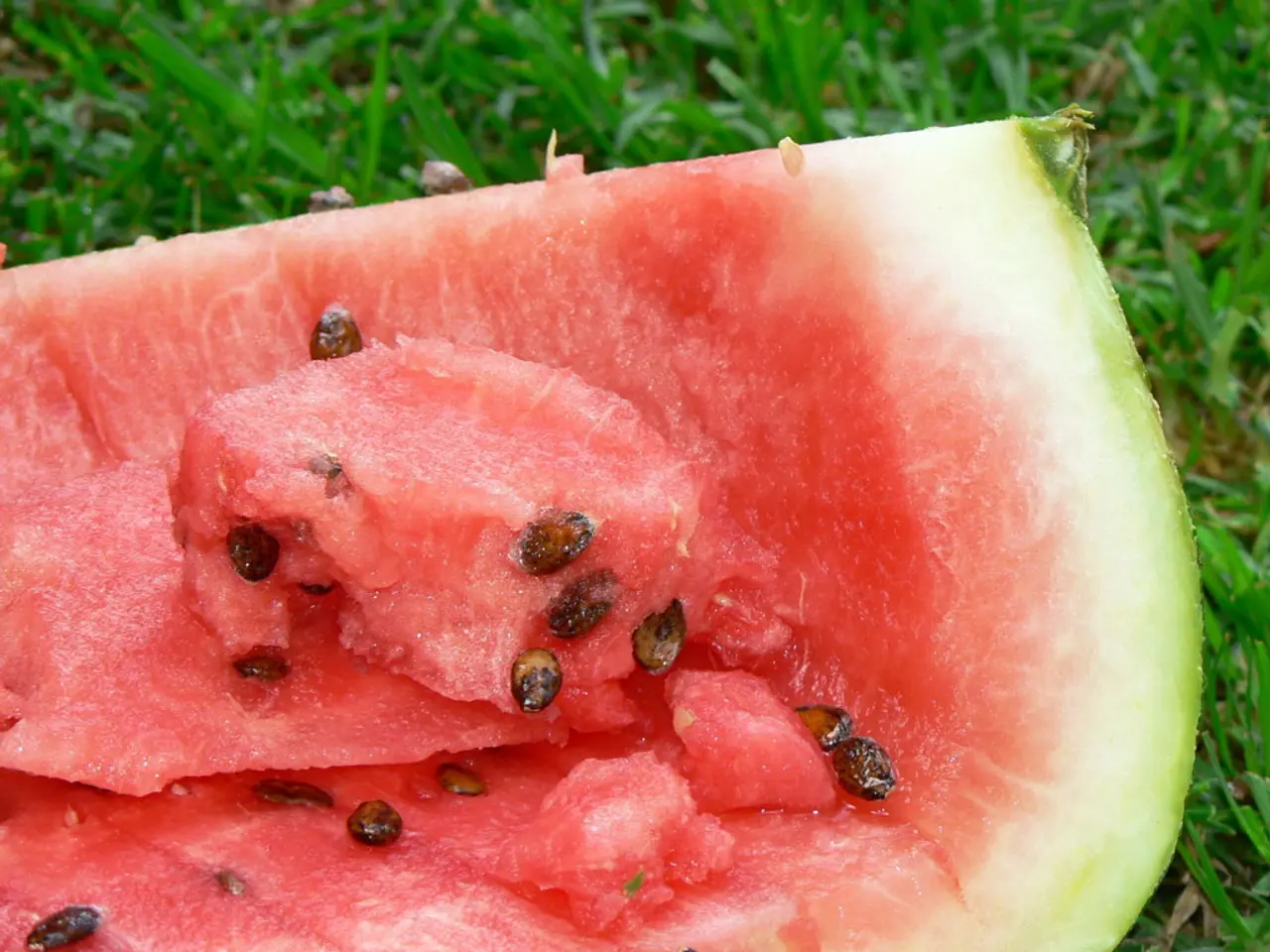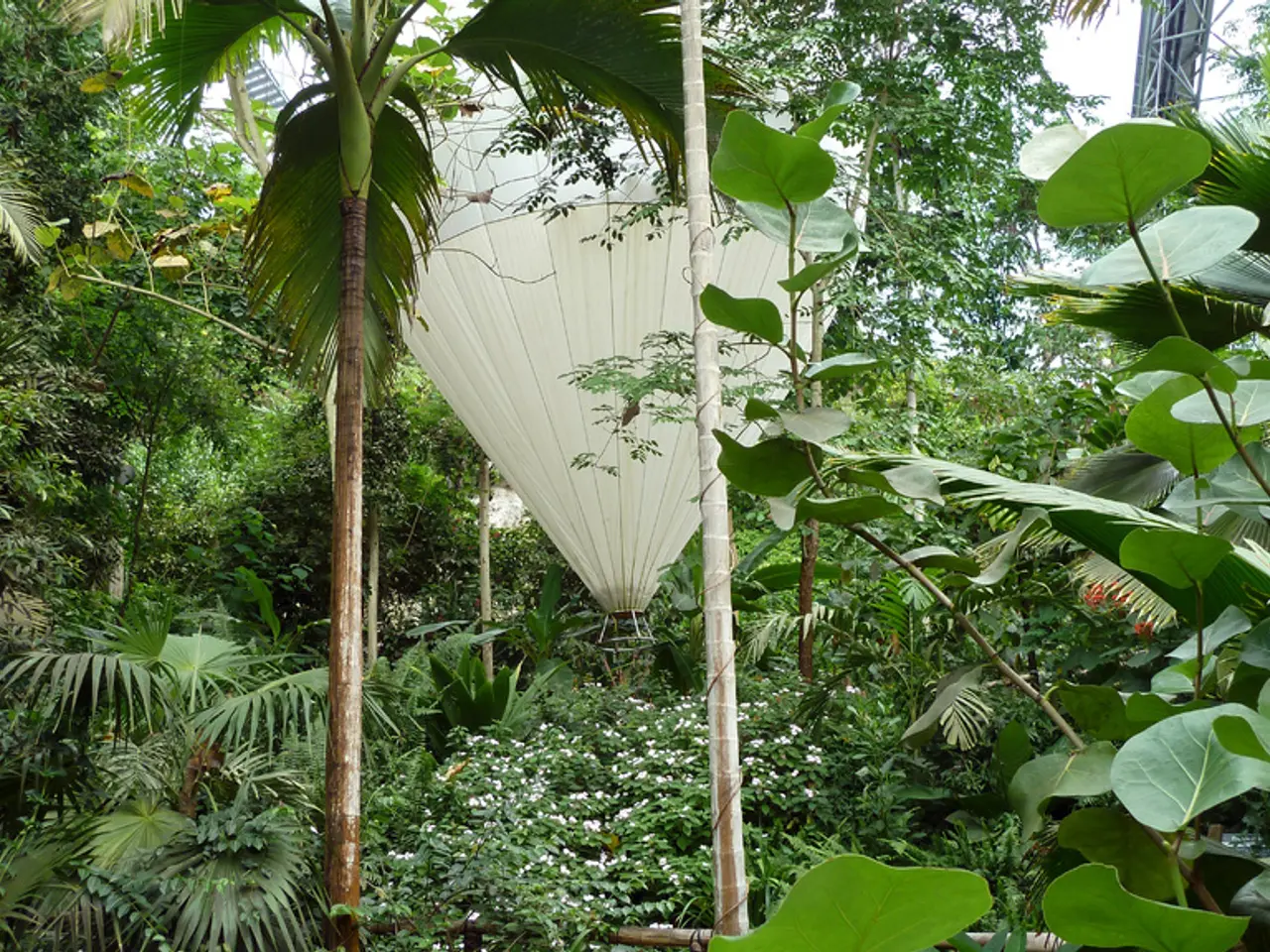Ideal Watermelon Planting Time in South Carolina: Uncovering the Perfect Moment for a Generous Crop
Hey there, garden enthusiasts! Let's talk watermelons, shall we? Our top gardening guru, Glen, is here to guide you on growing delicious, juicy watermelons in South Carolina. With his expertise and a few straightforward tips, you'll be savoring homegrown watermelons in no time!
First thing's first: timing is everything. Plant your watermelons after the last frost date, around late April to early May, when soil temperatures reach at least 70°F. Failing to wait for the optimum soil temperature could lead to poor germination, so patience is key.
Now that you've got the timing down, it's all about choosing the right watermelon variety for your South Carolina garden. Glen suggests giving Charleston Gray, Black Diamond, Bush Sugar Baby, and Belmont a go. These varieties are not only popular in the region, but they're also proven to grow well in the warmer climate and unique conditions South Carolina offers.
Once you've chosen your preferred varieties, it's time to get planting. Look for a sunny spot with well-drained, loamy soil that's rich in organic matter. Spacing is crucial – large varieties like Charleston Gray and Black Diamond should have about 6 to 8 feet between hills while Bush Sugar Baby, being more compact, can be planted closer, approximately 3 feet apart.
Don't forget that seedless varieties like Belmont require a nearby seeded variety to ensure pollination, as they can't self-pollinate.
For optimal growth, keep the soil consistently moist during germination and early growth. Once fruits start setting, reduce watering slightly to enhance sweetness but avoid drought stress. Mulching around plants has multiple benefits, including soil moisture conservation, weed suppression, and a clean fruit-growing environment.
Fertilizing your watermelons is essential too. Side-dress the plants once vines start running, focusing on providing balanced nutrients without overdoing the nitrogen, as it might promote leaf growth over fruit development.
Harvest your watermelons when the tendril closest to the fruit dries up and the spot touching the ground turns creamy yellow. Remember, the fruit's weight is not necessarily an indicator of ripeness, so always check for these visual cues.
By following Glen's tips, you'll be enjoying the sweet fruits of your labor in no time! Happy gardening, and let the watermelon season begin!
After selecting your preferred watermelon variety, either Charleston Gray, Black Diamond, Bush Sugar Baby, or Belmont, consider adjusting your lifestyle to prioritize a home-and-garden focus. Once spring arrives, start your gardening project by planting these varieties in a well-drained, sunny spot with loamy soil and organic matter, remembering to space them appropriately for each variety.







